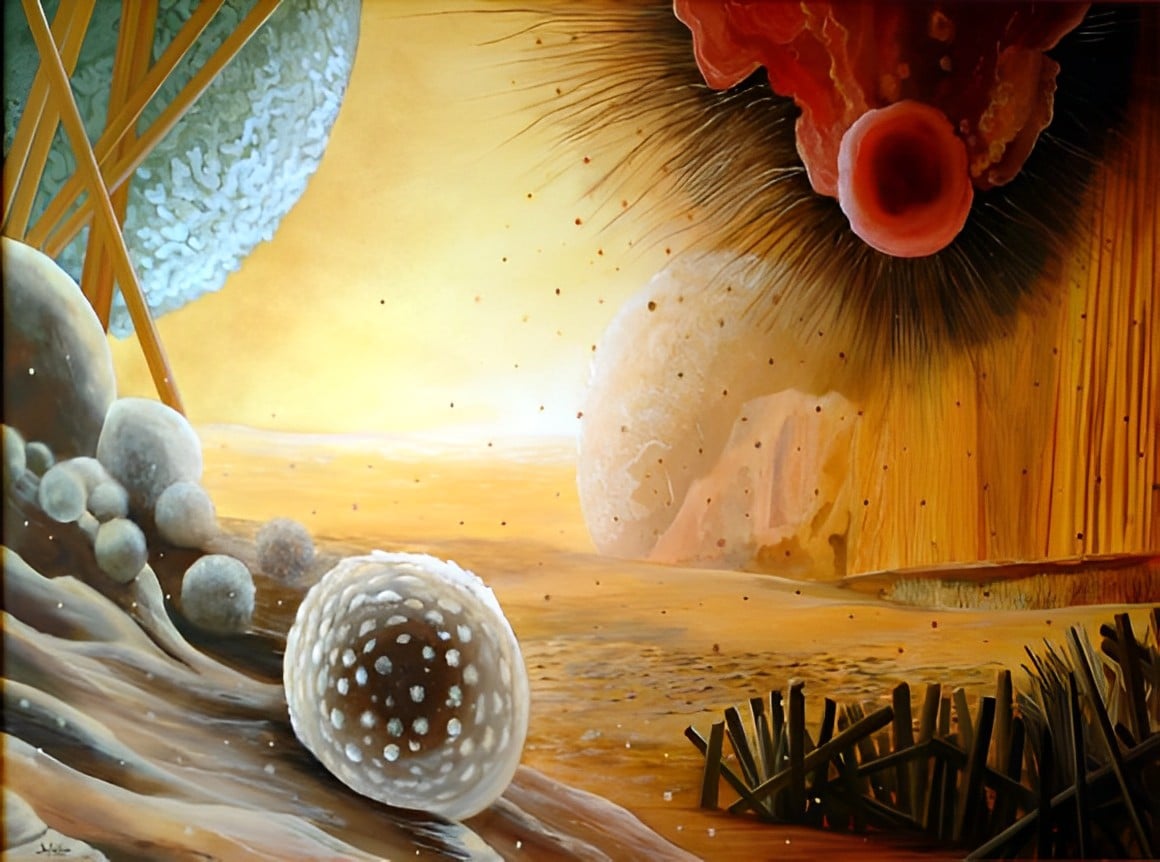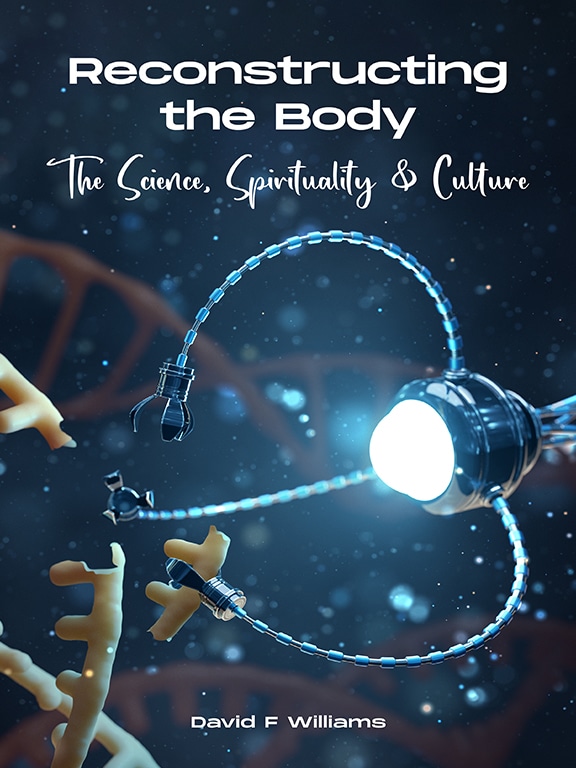And how about the arts; what role do they play? I trained as a metallurgist. In one summer vacation I worked as a laboratory technician in an aeroengine factory in Filton, near Bristol, UK, where the supersonic plane, Concorde, was developed. I learned about the lost-wax casting process, otherwise known as cire perdue, by which very intricate high performance turbine blades were produced. Reading around the subject, I found that not only was this process known to the Chinese bronze sculptors many centuries ago but was used by some craftsmen in the early years of Renaissance Italy, most famously by Benvenuto Cellini in the 16th Century. His most famous work, the Salt Cellar is shown below:

Figure 1. Cire perdue, lost wax casting, Salt Cellar by Benvenuto Cellini (left), a turbine blade (center) and a partial denture (right).
So, the technology used to make exquisite metallic artwork 400 years previously now worked very well for the manufacture of high performance alloys in aeroengines. A few years later, as I started my career in biomaterials science and engineering, I became acquainted with cire perdue again, since it was used in dental laboratories to craft personalized metallic partial dentures and by orthopedic implant manufacturers for the production of some alloy components of joint replacement prostheses.

Figure 2. The Macrophage Landscape, Jean-Marc Collier, Brussels and Liverpool.


